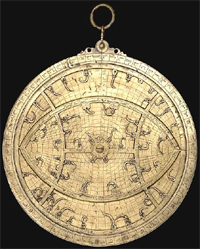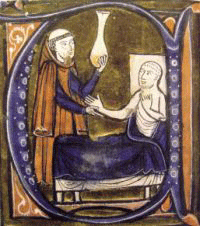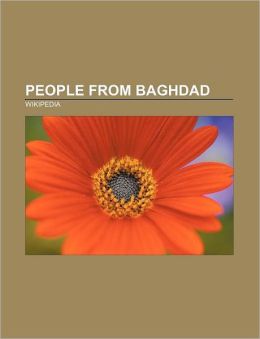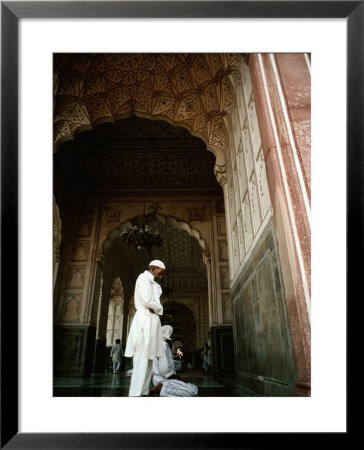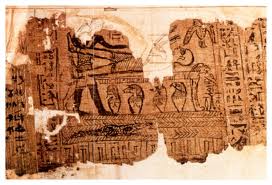
Pengangkatan Khalifah dilakukan oleh ahlul hilli wal ‘aqdi / Ahlu Asy-Syuro. Ada beberapa contoh teknis pengangkatan yang berbeda, yang dilakukan oleh para sahabat.
Pengangkatan Abu Bakar:
Pembai’atan Abu Bakarterkenal dengan peristiwa Saqifah; setelah wafatnya Rasul terdengar kabar bahwa kaum Anshar berkumpul di Saqifah Bani Sa’idah untuk mengangkat Sa’ad bin Ubadah sebagai Khalifah. Kemudian Umar, Abu Bakar, dan Abu Ubaidah mendatanginya; Abu Bakar menawarkan Umar atau Abu Ubaidah menjadi Khalifah, tetapi mereka malah bersepakat memilih Abu Bakar. Esoknya dilakukan pembaiatan umum oleh kaum muslimin.
Pengangkatan Umar bin Khattab:
Pembaiatan Umar bin Khattabdiawali dengan pengajuan dari Abu Bakar menjelang wafatnya kepada para sahabat, setelah disetujui lalu dibuat surat pengajuan itu dan dibacakan dihadapan kaum muslimin, mereka ditanya kerelaannya.
Pengangkatan Utsman bin Affan:
Pembaiatan Utsman bin Affandiawali dengan pengajuan nama-nama calon Khalifah dari Umar menjelang wafatnya, mereka adalah Ali, Utsman, Abdurrahman, Zubair bin Awwam dan Thalhah bin Ubaidillah. Saat Umar meninggal, Miqdad mengumpulkan enam anggota majelis syuro di rumah Aisyah, Thalhah tidak hadir. Hasilnya, majelis menunjuk Abdurrahman bin Auf menjadi penanggungjawab pemilihan Khalifah; disetujui pula ketentuan bahwa calon tidak boleh ada kaitan kekeluargaan dengan Khalifah. Selama tiga hari tiga malam Abdurrahman menemui para sahabat. Pada hari keempat ia mengumpulkan kaum Muhajirin, Anshar, kubaro, tokoh-tokoh, para sahabat senior, dan para pemimpin prajurit. Mereka diminta pendapatnya tentang Khalifah pengganti Umar, akhirnya disepakati Utsman menjadi Khalifah.
Pengangkatan Ali bin Abu Thalib:
Pembaiatan Ali bin Abu Thalib diawali dengan pencalonan Ali oleh beberapa sahabat Muhajirin dan Anshar. Ali awalnya menolak, tapi mereka terus mendesak. Ali akhirnya mengajak mereka ke masjid untuk memusyawarahkannya kepada kaum muslimin. Ternyata mereka sepakat mengangkat Ali sebagai Khalifah.
Kesimpulannya, bagaimanapun teknisnya, pemilihan pemimpin haruslah disepakati atau dipilih oleh ummat. Oleh karena itu Umar bin Abdul Aziz sempat menolak pencalonan dirinya sebagai Khalifah dengan cara ditunjuk oleh Khalifah sebelumnya (Abdullah Sulaiman) tanpa persetujuan ummat.
sumber dari: bangdani.wordpress.com
![The opening page of the commentary on the Aphorisms by Ibn al-Quff al-Masīḥī (‘the Christian’, also known as Abū l-Faraǧ ibn Yaʿqūb, d. 1286). It is by far the longest and most detailed commentary on the Aphorisms, a text of pithy medical sayings and sentences attributed to Hippocrates, the famous father of medicine. [© Istanbul, Süleymaniye Kütüphanesi, MS Yeni Camii 919, fol. 1b]](http://www.alc.manchester.ac.uk/ourresearch/featuredprojects/arabiccommentaries/Aphorisms218.jpg)




